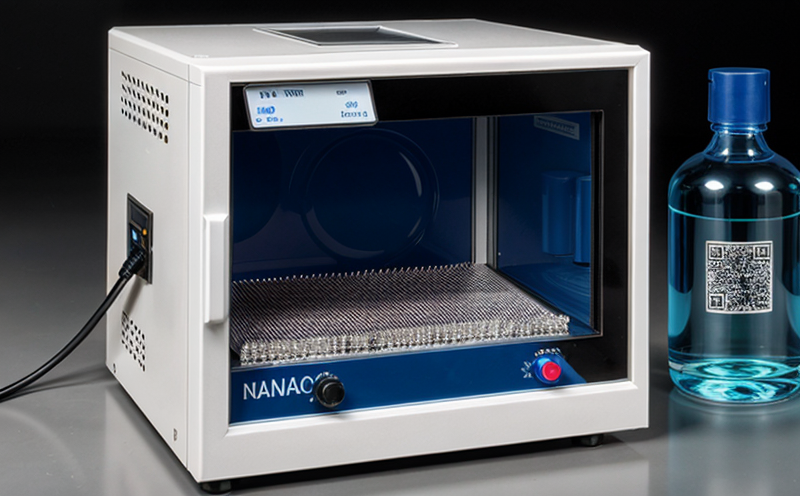IEC 62607 Nanomaterial Property Measurement Testing
The International Electrotechnical Commission (IEC) standard IEC 62607 provides a comprehensive framework for the property measurement testing of nanomaterials. This standard is pivotal in ensuring that nanomaterials are accurately characterized and that their properties meet specified requirements, which is critical for industries reliant on advanced materials science.
At its core, this service involves the detailed analysis of physical, chemical, and biological properties of nanoparticles using a series of standardized tests. These tests are designed to address the unique challenges posed by nanomaterials' small size and complex behavior. The standard covers various parameters such as particle size distribution, surface area, zeta potential, elemental composition, and more.
The testing process begins with careful sample preparation. This involves dispersing the nanomaterial in a suitable medium while minimizing agglomeration to ensure accurate measurements. Once prepared, the samples undergo a series of tests using advanced instrumentation such as transmission electron microscopy (TEM), dynamic light scattering (DLS), and atomic force microscopy (AFM).
The results from these tests are then used to determine whether the nanomaterial meets the specified requirements outlined in IEC 62607. This includes assessing the material's stability, reactivity, and potential health and environmental impacts. The comprehensive nature of this testing ensures that any nanomaterials produced or imported into your organization comply with international standards.
By providing accurate characterization data, this service helps organizations ensure product quality, enhance safety, and meet regulatory compliance requirements. It is particularly valuable for sectors such as electronics, pharmaceuticals, and environmental science where the properties of nanomaterials can significantly impact performance and safety.
- Precision: The high-precision nature of this testing ensures that even the smallest variations in particle size or composition are detected.
- Compliance: Ensures compliance with international standards, reducing regulatory risks.
- Safety: Provides insights into potential health and environmental impacts, aiding in safer product development.
- Innovation: Supports the development of new materials by identifying their unique properties.
The detailed reports generated from these tests are invaluable for quality managers, compliance officers, R&D engineers, and procurement teams. They can use this data to make informed decisions about material selection, process optimization, and product safety.
Why It Matters
The importance of IEC 62607 Nanomaterial Property Measurement Testing cannot be overstated in today's rapidly evolving technological landscape. Nanomaterials are at the heart of many innovations, from advanced electronics to biomedical devices. However, their unique properties also present challenges that traditional testing methods may not fully address.
For instance, nanomaterials can behave very differently compared to their larger counterparts due to increased surface area-to-volume ratios and quantum effects. This necessitates specialized testing techniques tailored to the nanoscale. IEC 62607 provides a standardized approach that ensures consistent and reliable results across different laboratories.
The standard is particularly crucial for organizations dealing with regulatory compliance, especially those in sectors like pharmaceuticals, electronics, and environmental science. Regulatory bodies around the world are increasingly focusing on nanotechnology due to its potential impact on health and safety. Compliance with standards such as IEC 62607 can help companies avoid costly penalties and ensure a smooth market entry.
Moreover, accurate characterization of nanomaterials is essential for product development. By understanding the properties of these materials, researchers and engineers can optimize their use in various applications. This not only enhances performance but also ensures that products are safe and effective.





